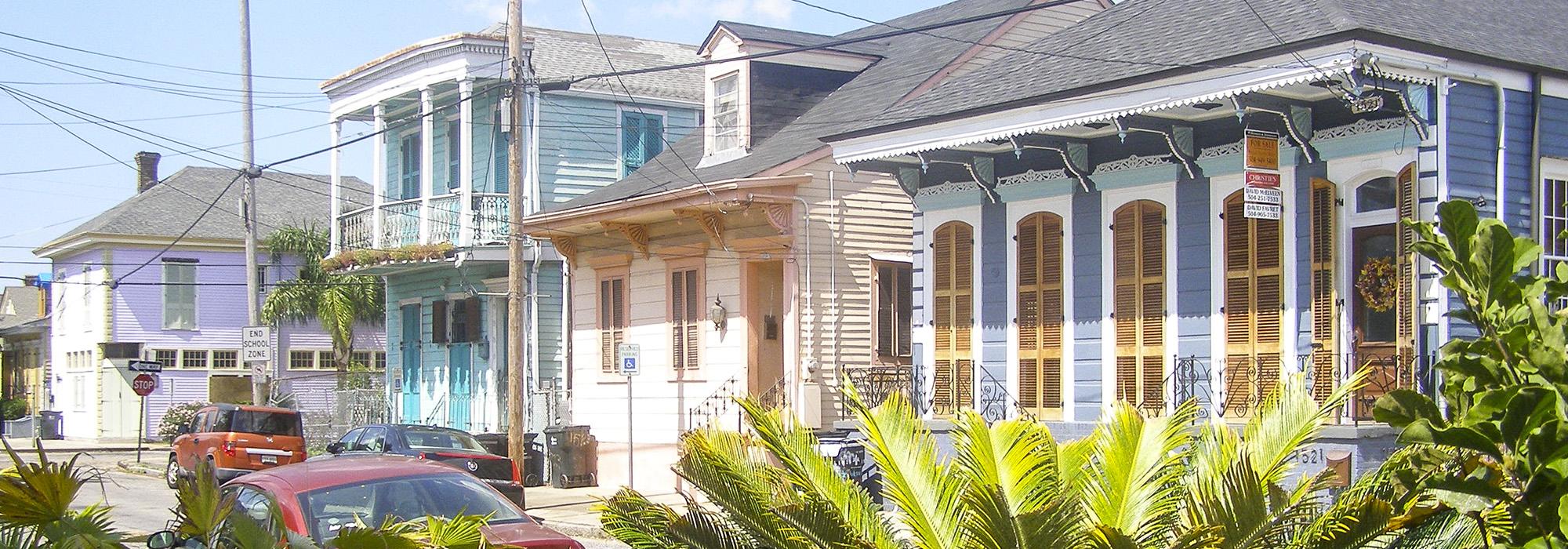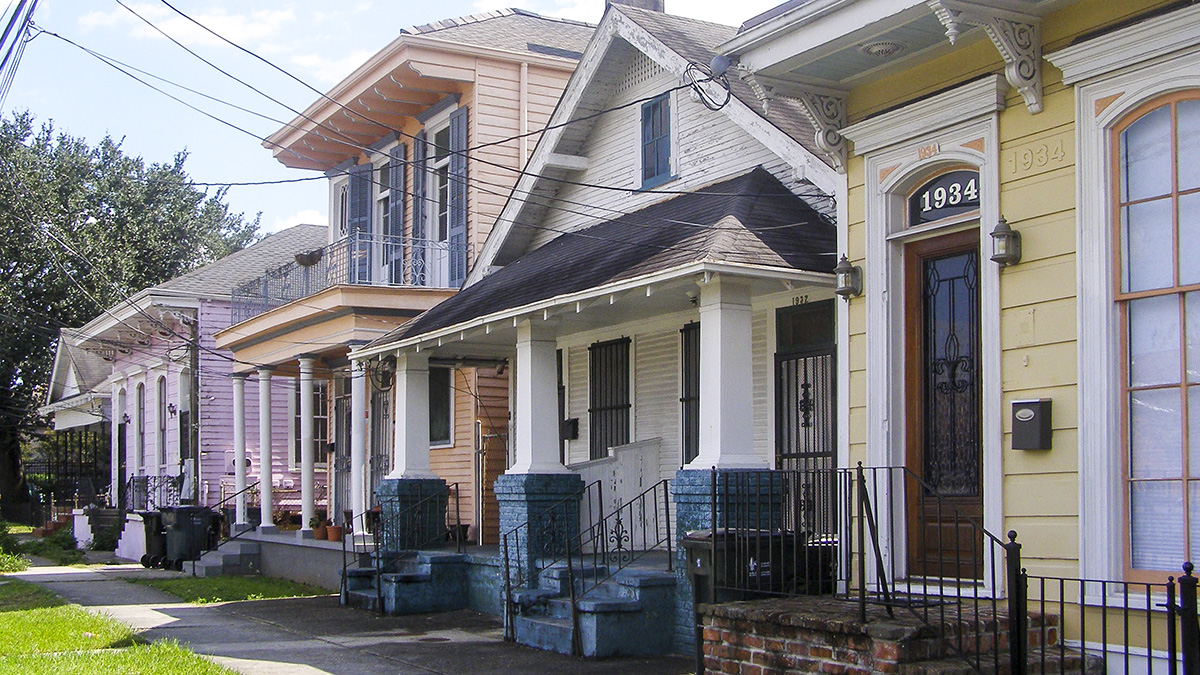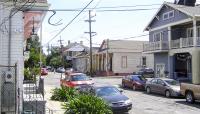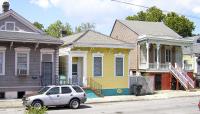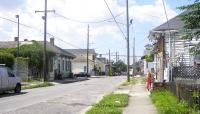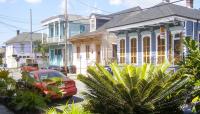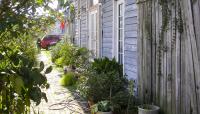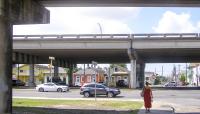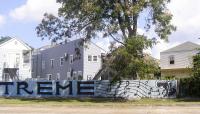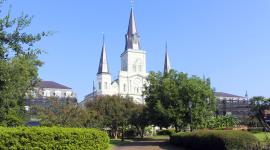Landscape Information
Carved out of a portion of the Morand-Moreau plantation north of the Vieux Carré and incorporated into New Orleans in 1812, Tremé is considered the nation’s oldest African American neighborhood. The area’s character has been defined by the cultures of the free African Americans and the French-speaking Creoles who first settled here, attracted by the availability of cheap land along the backswamp edge of the city. Bounded by Orleans Avenue to the west, Rampart Street to the south, St. Bernard Avenue (to Claiborne Avenue) and Esplanade Avenue to the east, and Broad Street to the north, the neighborhood is characterized by houses built in the Creole-cottage or shotgun styles: closely compacted buildings with long, narrow footprints and a minimal setback from the street. Congo Square is the neighborhood’s earliest public space, where enslaved persons would meet on Sundays to perform traditional African songs and dances.
In 1946 New York City Parks Commissioner Robert Moses was hired to make New Orleans more accessible to vehicles, and in 1966, the North Claiborne Avenue “neutral ground” (the local term for a wide, grassy median between lanes of traffic), once home to Tremé’s unique Mardi Gras traditions, was destroyed to make way for an elevated highway connecting suburban New Orleans to its downtown. The large collection of mature live oaks that covered the area was removed to allow for the construction of the highway that cut through the neighborhood’s center. In the 1970s, architect Robin Riley and landscape architects Cashio Cochran designed the 31-acre Louis Armstrong Park, built to honor Tremé’s contributions to the city’s musical legacy. The adjacent Congo Square was redesigned simultaneously. Tremé was recognized as a National Historic Landmark District in 1998.



